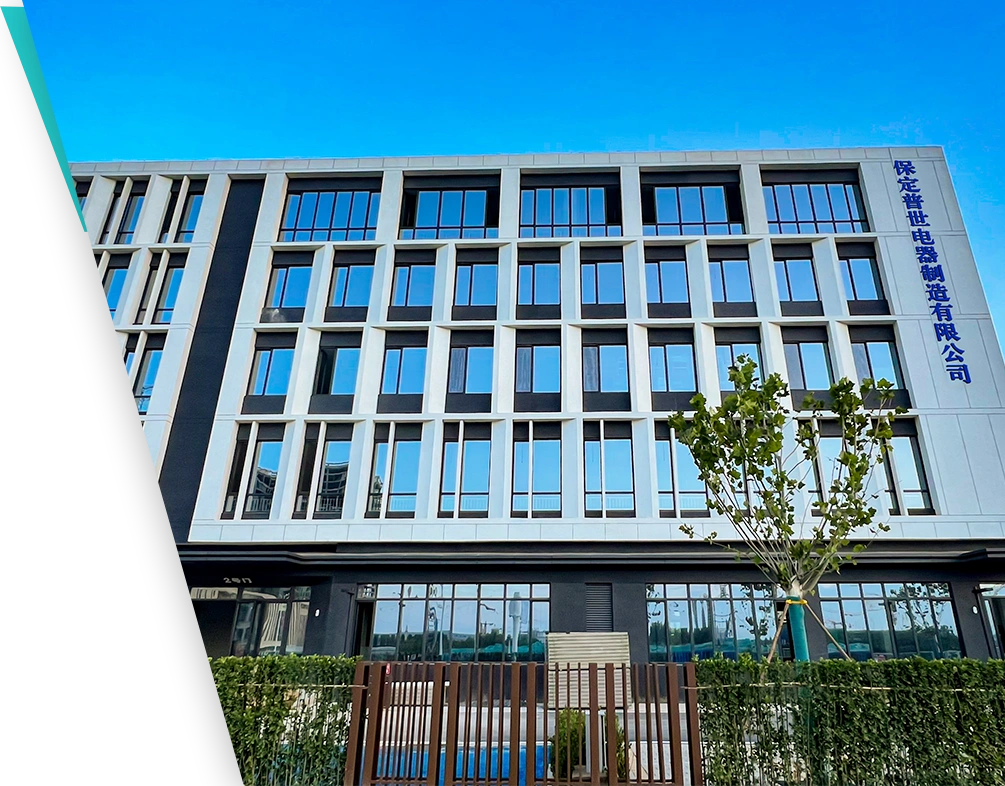 English
English


Understanding Chromatography Techniques for Effective Separation and Analysis of Mixtures
Understanding Chromatography A Key Technique in Analytical Chemistry
Chromatography is a powerful separation technique that has fundamentally transformed analytical chemistry. It is widely used to separate, identify, and quantify components in complex mixtures, making it an invaluable tool in various fields, including pharmaceuticals, environmental monitoring, food safety, and biochemistry. The technique leverages the differences in physical and chemical properties of substances, facilitating their segregation based on their distribution between a stationary phase and a mobile phase.
The principle of chromatography can be traced back to the early 20th century when the Russian botanist Mikhail Tsvet first employed it to separate plant pigments. The term chromatography, derived from the Greek words for color and writing, initially described the separation of colored compounds. However, modern chromatography has evolved significantly, expanding its applications to a wide range of substances, including proteins, nucleic acids, and even small organic molecules.
At its core, chromatography consists of two main phases the stationary phase and the mobile phase. The stationary phase is a solid or liquid that remains fixed in place, while the mobile phase is a liquid or gas that moves through or along the stationary phase. When a mixture is introduced into the system, the components of the mixture interact differently with these phases. Some components may adhere more strongly to the stationary phase, while others might prefer the mobile phase. This differential interaction leads to the separation of the mixture's constituents as they travel at different rates, ultimately resulting in distinct bands or spots on a chromatographic medium.
There are several types of chromatography, each tailored to specific applications and separation needs. Among the most common are gas chromatography (GC) and liquid chromatography (LC). Gas chromatography is ideal for volatile compounds and works by vaporizing the sample and passing it through a column packed with a stationary phase. This method is widely used in the analysis of environmental pollutants and in forensic science for toxicological analysis.
chromatograph

On the other hand, liquid chromatography, especially high-performance liquid chromatography (HPLC), is extensively used in the pharmaceutical industry for drug analysis and quality control. HPLC operates under high pressure, allowing for the efficient separation of compounds in a liquid mixture. It can effectively handle a wide variety of substances, from small molecules to large biomolecules, making it versatile for many applications.
Another notable form of chromatography is thin-layer chromatography (TLC), which is a simple and cost-effective method for quick qualitative analysis. TLC involves a coated flat surface, usually glass, and the sample is applied in spots. As the mobile phase travels up the plate through capillary action, the components separate, providing a visual representation of the mixture’s constituents.
The importance of chromatography extends beyond separation; it plays a crucial role in the development of new drugs, the analysis of metabolic processes, and the screening of food for contaminants. With technological advancements, chromatography has seen improvements in sensitivity, speed, and resolution, allowing for more comprehensive analyses of complex samples.
In conclusion, chromatography remains an essential technique in modern science, providing vital insights and contributing to advancements across multiple disciplines. As researchers continue to innovate and refine chromatographic methods, its application is likely to expand further, enhancing our understanding and capability to analyze the intricate mixtures that pervade our world. Whether in the lab or in industrial applications, chromatography stands as a testament to the ingenuity of scientific methods in unraveling the complexities of chemical compounds.
-
Differences between open cup flash point tester and closed cup flash point testerNewsOct.31,2024
-
The Reliable Load Tap ChangerNewsOct.23,2024
-
The Essential Guide to Hipot TestersNewsOct.23,2024
-
The Digital Insulation TesterNewsOct.23,2024
-
The Best Earth Loop Impedance Tester for SaleNewsOct.23,2024
-
Tan Delta Tester--The Essential Tool for Electrical Insulation TestingNewsOct.23,2024





